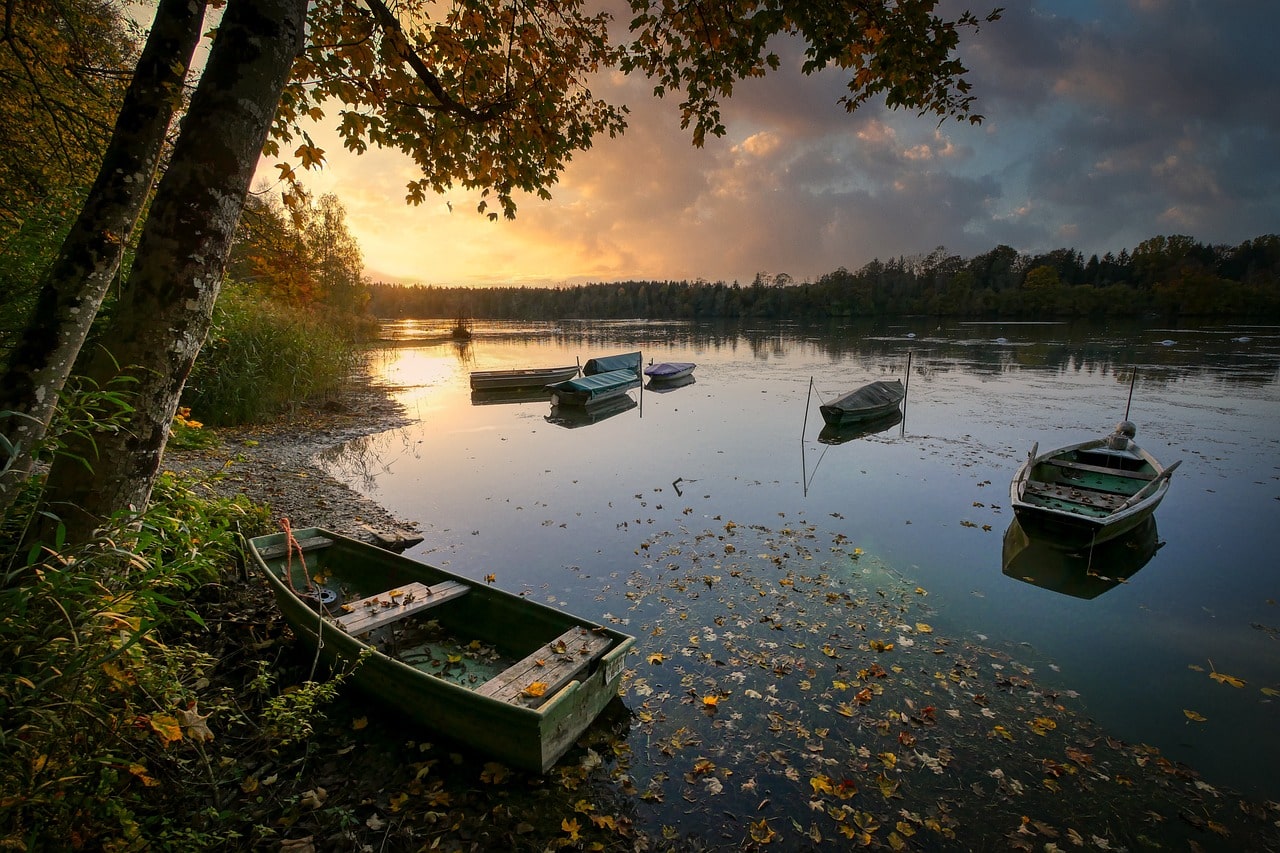Nestled in the rugged wilderness of northwestern Ontario lies the stunning Lake St. Joseph – a shimmering jewel that beckons to fishermen from far and wide. Renowned across North America as a haven for prized catches like northern pike and walleye, this expansive lake boasts limited permits for eager anglers. Those who have cast their lines into its depths often find themselves shocked, reeling in their limit in record time. Perched along the shoreline are several fishing camps, each offering seasoned guides to ensure newcomers return with a bountiful haul. Originally spanning 90,000 acres, the lake transformed in 1936 with the construction of a dam at its outlet, expanding its boundaries to what locals estimate to be over 150,000 acres – a figure that sometimes varies in official records, likely due to fluctuating water levels for hydroelectric uses. When Lake St. Joseph occupied 90,000 acres, it played a crucial role in the historic Albany River water route utilized by fur traders en route to lucrative trading posts from James Bay. As early as 1730, traders converged with local tribes at a makeshift trading post, laying the groundwork for a bustling fur trade. By the 1780s, the Hudson Bay Company made strategic moves to solidify its presence, erecting inland outposts such as Osnaburgh House at Lake St. Joseph in 1788. Over the decades, this post bore witness to pivotal events between First Nations tribes and the English, culminating in the signing of Treaty #9 – a pivotal agreement that shaped the lake’s fishing regulations, including strict guidelines like limiting hooks per lure and implementing a slot limit to safeguard the lake’s prized walleye and pike populations. Today, the eastern end of Lake St. Joseph straddles two First Nations reserves, where a vibrant community has sprouted near the historic Hudson Bay Company Trading Post site. Known as New Osnaburgh, this area has seen a revival thanks to the restoration efforts that have preserved the remnants of the past, including an old church graveyard that safeguards the resting place of ancestors. Modern-day adventurers have unearthed relics from times gone by, adorning a local museum with treasures like trade beads and HBC artifacts. Of the various camps scattered around the lake, one stands out for its amenities and attention to local customs, drawing in visitors with promises of a memorable stay. While fishing reigns supreme at Lake St. Joseph, offering a thrilling pursuit for enthusiasts, the lake also harbors other aquatic treasures like sauger, whitefish, bass, and more. Amidst the serene backdrop of the lake, a rich tapestry of wildlife thrives, with over 300 bird species and a diverse array of mammals calling the area home. Wabakimi Provincial Park nearby serves as a sanctuary for woodland caribou, adding to the region’s allure for nature lovers and outdoor enthusiasts. For those seeking access to this pristine wilderness, the town of Pickle Lake serves as a gateway, offering essential amenities and a warm welcome to travelers journeying from afar. Whether arriving by road or air, visitors are met with hospitality and a promise of unforgettable experiences in the untamed beauty that surrounds Lake St. Joseph. So, make your way to this hidden paradise, where the thrill of the hunt and the call of the wild await to captivate your senses.

